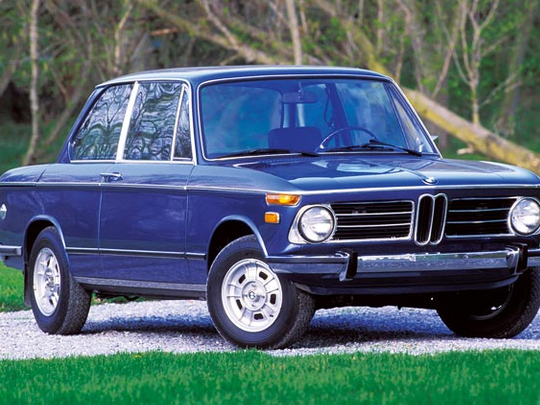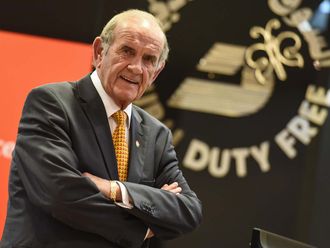
Looking at the formidable global sales juggernaut that BMW is today, it’s hard to imagine that there was a time not long ago when the German behemoth was staring down the barrel of bankruptcy after being ravaged by the Second World War. The fact that it eventually managed to pick up the pieces and accomplish one of the biggest turnarounds in automobile history was in great measure thanks to the New Class models including the 1600 and the two-door 02 series. Of these, the powerful and athletic 2002tii was probably the most significant model that helped in changing the company’s fortunes.
Although it later got drowned in the remarkable success story of the 3 Series, the 2002tii is the car that set new standards in handling and performance for small cars and provided BMW with a clear direction for the future. The 2002 range wouldn’t have materialised but for the persistence by BMW’s US importer Max Hoffman, who put pressure on the Bavarians to come up with a model similar to 1600ti, but with the added performance of a bigger engine. Although rejected at first, with ample support from sales director Paul Hahnemann, he finally succeeded in getting his proposal for a 2.0-litre version of the two-door model approved by Munich.
The first 2002s came out in 1968 and became an instant hit and built up a huge following in no time. Then in 1973, BMW brought out the best one in the range, the 2002tii, which shared the simple, elegant, yet lithe bodyshell of the regular 2002s, but were more powerful.
Power came from a 2.0-litre inline four engine that churned out 140 horses, which was plenty for a car of its dimensions back in the early Seventies. BMW ditched carburettors in favour of Kugelfischer mechanical fuel injection, which provided precise fuel metering at all rev ranges, and added a single overhead camshaft.
The tii was available only with a four-speed, floor-shifted manual gearbox, while the steering was a simple rack and pinion job and standard discs taking care of braking.
The monocoque chassis was suspended by independent units at the rear and MacPherson struts and coil springs up front, making it one of the best handling cars in its class at the time, while also helping it ride better than most of its competition.
Over the years, the 2002tii has gained cult status among driving enthusiasts, and it’s considered by many to be one of the most desirable BMW classics. However, considering the last of these were produced in 1974, getting hold of a clean example is becoming increasingly difficult now. If you do manage to find one — which could set you back anything between Dh20K to 120K depending on its state — make sure it’s a real tii and not one of the thousands of standard 2002s that have been converted to tii specs. Also make sure the mechanical fuel injection system is in good shape, or it could prove a headache.
If you find one that ticks all the right boxes, then go ahead and snap it up without a second thought and you’ll be the proud owner of a car that’s iconic as much for its historic significance as its superb driving dynamics.










